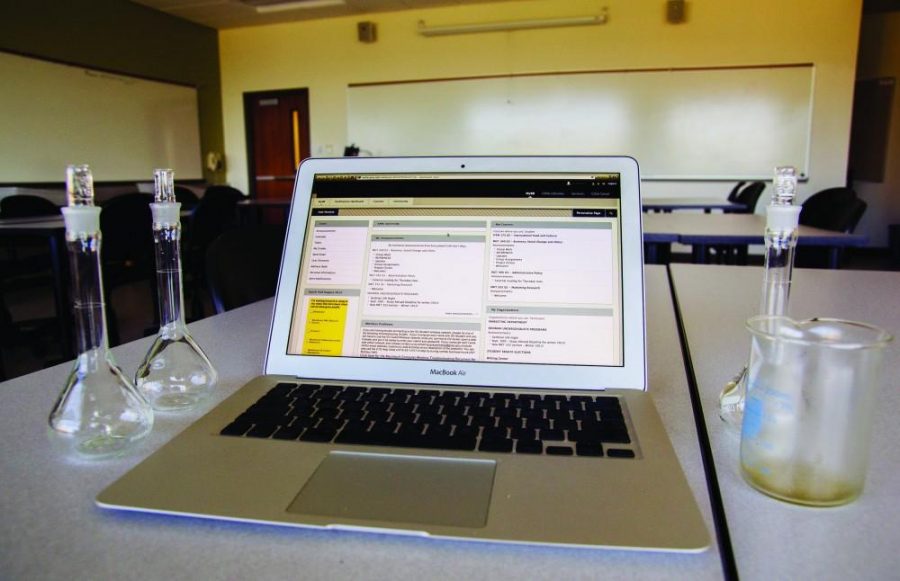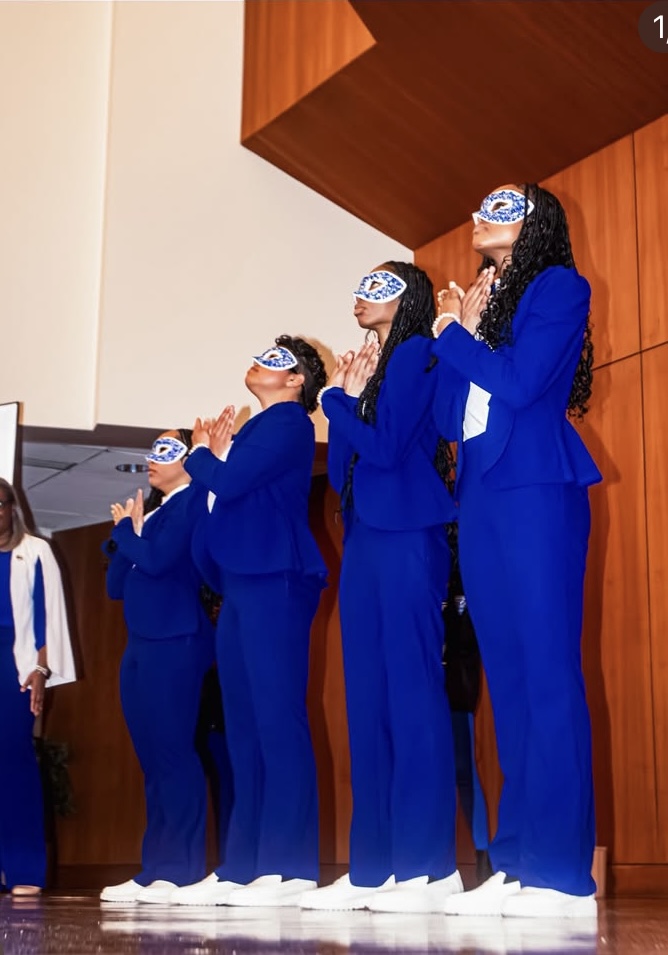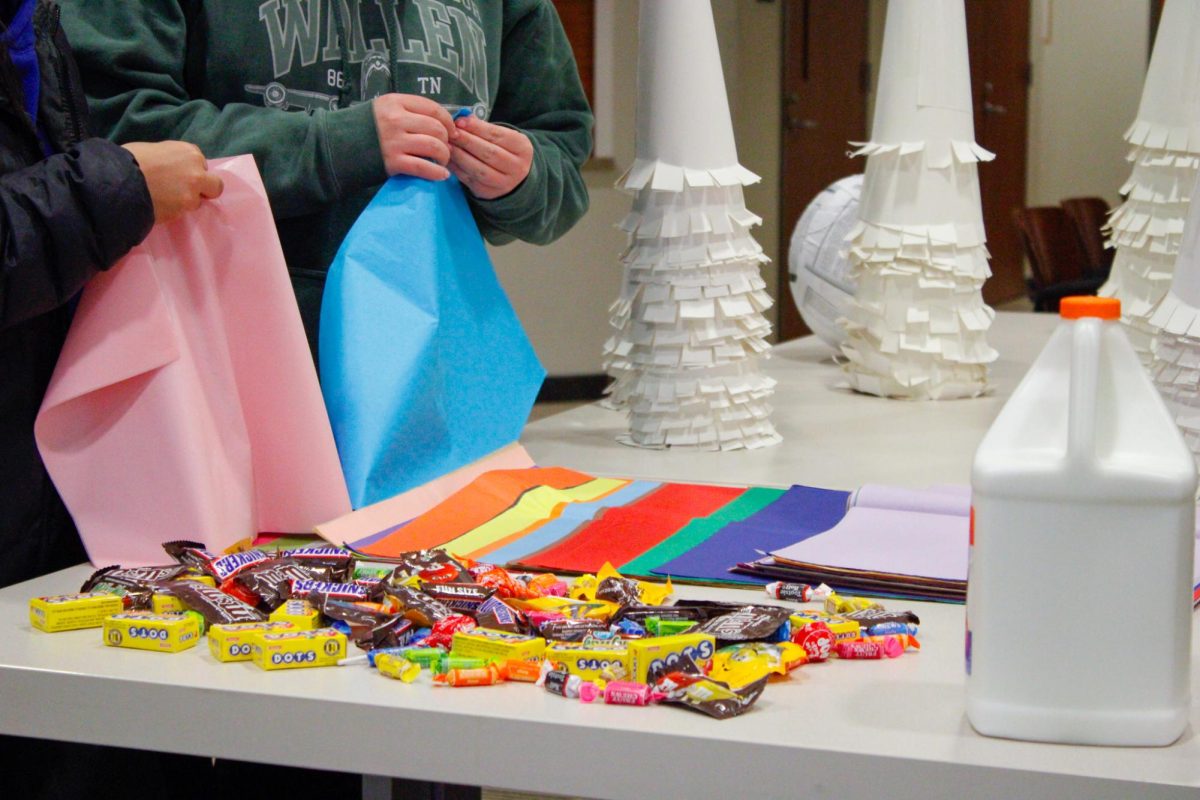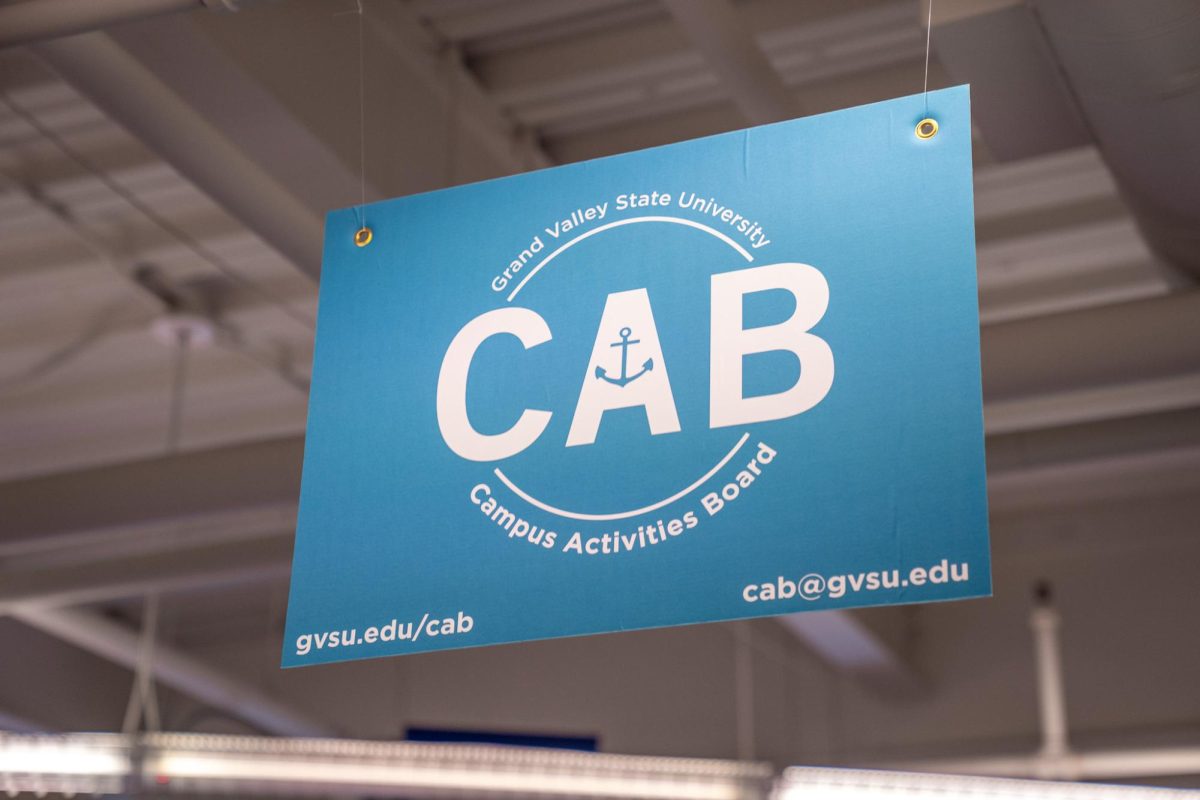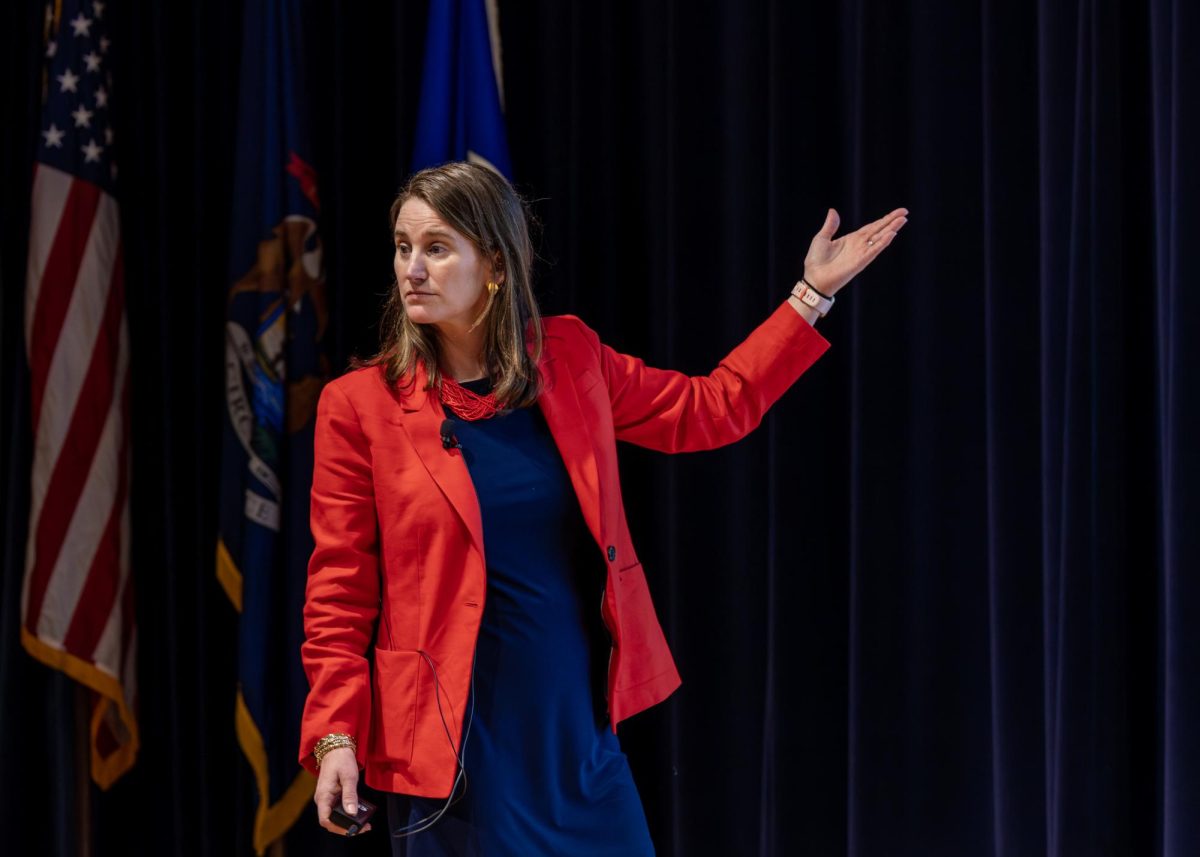Faculty undertake virtual transition
Sep 1, 2020
This year, faculty and staff have been working hard to prepare for a fall semester that will be unlike any we have had before. With COVID-19 and issues of online preparation, the past summer has been a busy one filled with class restructuring, schedule reorganizing, and an overall reevaluation about what we do together as a university. While the transition from in-person to online classes hasn’t been an easy one, faculty and staff have been working hard to make it the best it can be.
The decision to transfer a class from in-person to virtual isn’t simple. There are many factors that go into it; the type of class, its balance within a major or department, the teaching strategies it uses, whether the faculty member is a part of an at-risk population, the needs of the university as a whole, and the student’s needs too. It’s a complex process, and students are learning how the online environment works just as much as their professors.
“Taking online or hybrid classes may very well be new to some students,” said Christine Rener, the Director of the Robert and Mary Pew Faculty Teaching and Learning Center. “It takes some adjustment and an ability to be motivated and self-directed. Learning how to learn in various class formats is an important skill, one that takes some practice. I would encourage all students taking online and hybrid classes to spend some quality time with the Online/Hybrid Orientation that you will find now as part of your Blackboard site.”
Meanwhile, many professors have been learning better strategies for online teaching, reorganizing their class structures for better virtual learning, and taking the time to review and improve both their own approaches and those of their colleagues. Robert Talbert, Professor of Mathematics, stresses the importance of the work that has been put into preparing for this fall semester. Developing a course for virtual learning takes more than simply moving it onto Blackboard, and there are two key things that must be used in order to create an effective online class.
“One of those key things is structure,” Talbert said. “Research on online learning shows that having a coherent, strong structure for an online course is one of the main things that makes it effective or not.”
This structure defines a courses clear learning objectives, and fully outlines the learning activities, assessments, the grading system, and anything else in the course related to those objectives.
“The other one is social presence,” Talbert said. “In an online or hybrid course, social interaction is radically different and can feel extremely dehumanizing.”
For professors, it is important that they include their own face in their lectures and presentations to make students feel more welcome and comfortable — though many are understandably worried about the difference between familiarity in an online format what could normally be fostered over a semester of in-person meetings.
“One of our concerns has been that we don’t meet with the students face-to-face, which helps develop relationships,” said Dr. Lori Houghton-Rahrig, Professor of Nursing. “Another concern is that students aren’t reaching out to one another to make friends or establish study partners.”
It’s easy to fall into unsocial habits and tendencies during remote learning, but Houghton-Rahrig believes that despite the online format, it’s important to make connections with the people around us. In our current situation, it’s arguably more important than ever, as people across Michigan, the United States, and the world all experiencing different financial, housing, technological, and emotional struggles in relation to COVID-19.
“I would encourage everyone to have patience with each other, with yourself, and don’t hesitate to reach out for help,” Rener said. “If you aren’t sure what is expected on an assignment, ask your instructor. If you aren’t sure who on campus can help you when life happens, ask your instructor. If you notice a classmate is struggling, don’t be afraid to reach out and offer assistance. Part of being a Laker is being Lakers Together – no one has to go it alone.”
That sentiment is truer now than ever before. One benefit to the process of going online is the opportunity to become more sympathetic to the plight of others, and more willing to open up to new discussion and discourse.
“It’s also forced all of us to take a more human approach to teaching and learning,” said Talbert. “All of us have been touched by this crisis in some way, and so now, professors’ empathy for students is at an all-time high, and I think we are also much more vulnerable with each other and more ready to admit that we need help sometimes. This too is long overdue.”
While there have been highs and lows this past summer, ultimately this transition process has taught many about the importance of empathy and respect. There might not be a definitive answer about how the semester, or even the next few weeks, might play out but it is important to remember that everyone is doing their best. At the end of the day, we are all working together to make it through another semester.
Houghton-Rahrig stressed that students feeling alone, anxious, and stressed about their struggles aren’t alone in these emotions.
“Remember that you are a Laker for a Lifetime!” she said. “Together, we can do this.”




